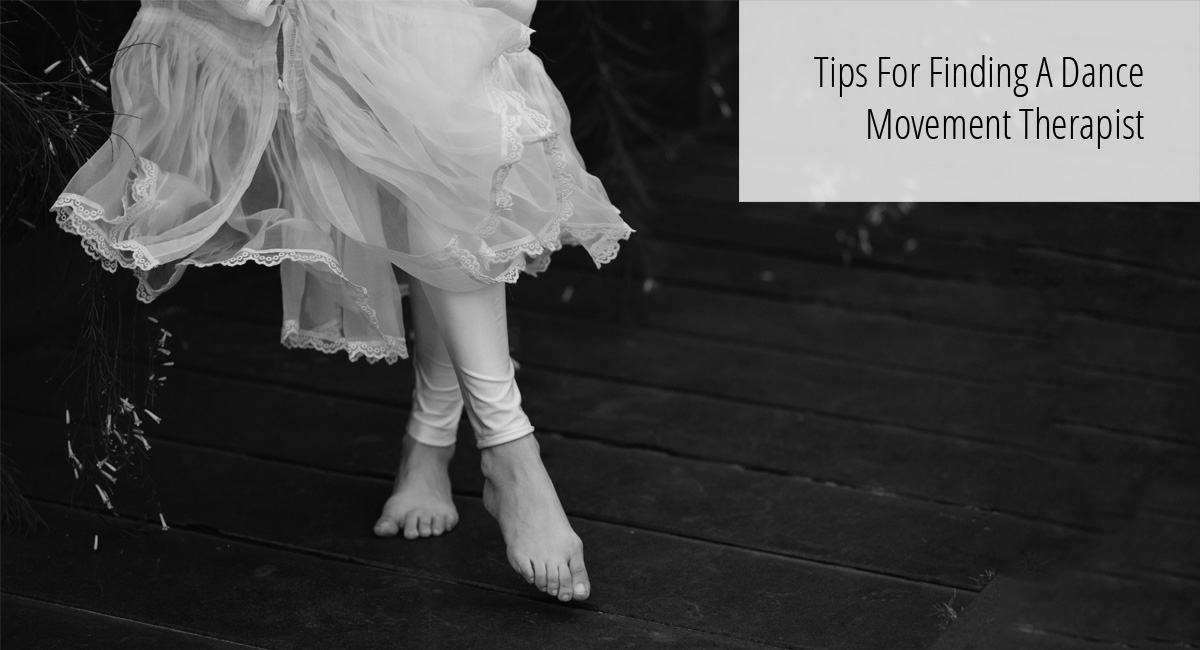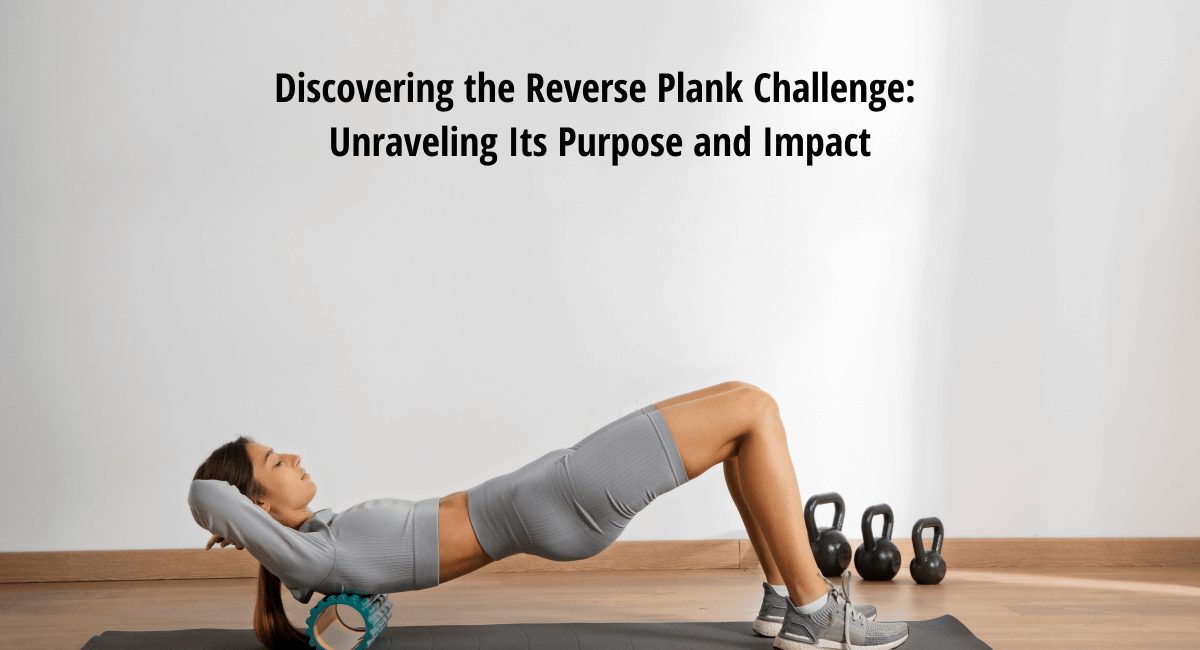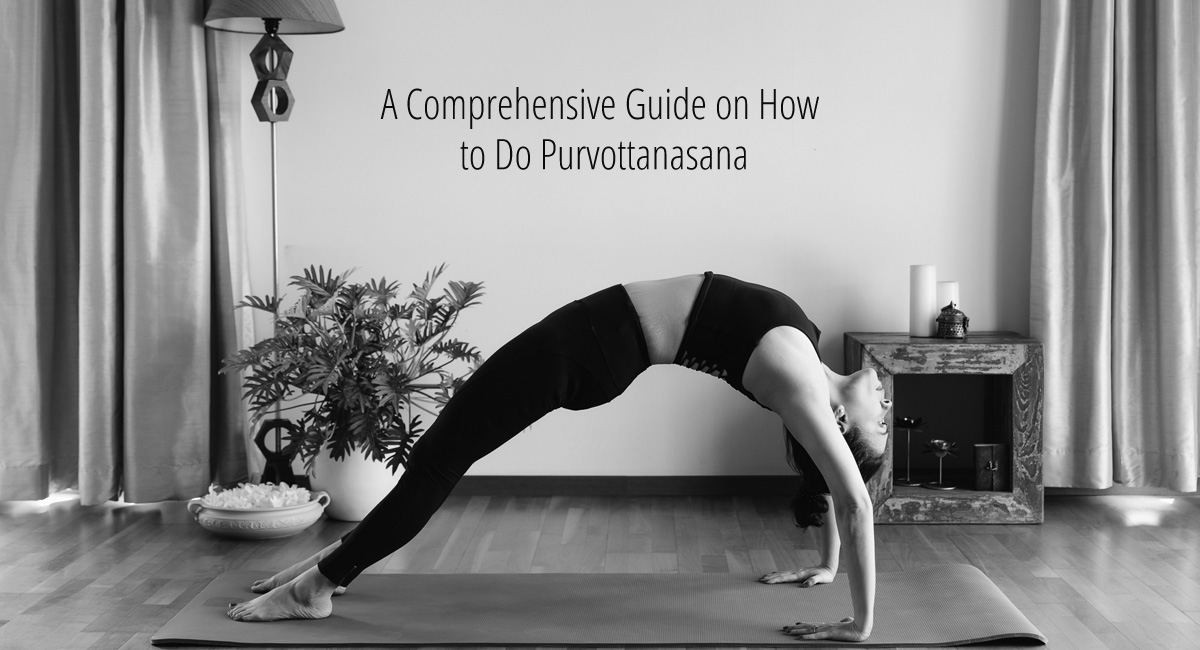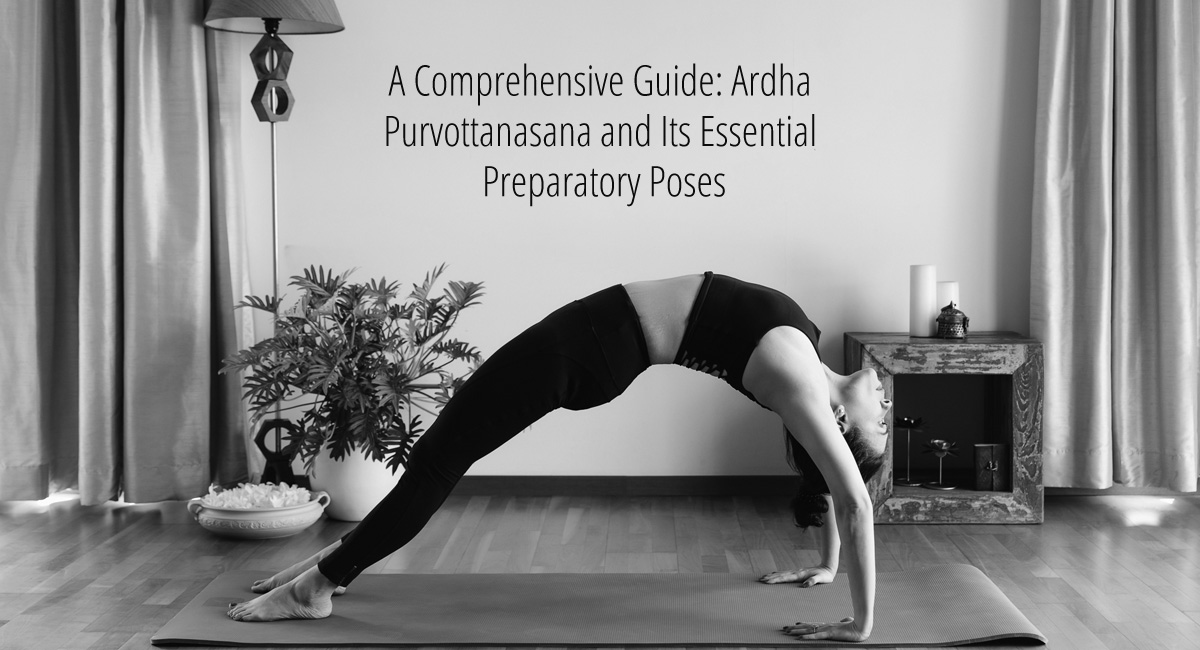
Tips For Finding A Dance Movement Therapist
Table of Contents
Dance Movement Therapist – Overview
Dance/movement therapists concentrate on assisting their patients in enhancing their sense of self-worth and body image, building strong interpersonal and communication skills, increasing their movement vocabulary, understanding behavioral patterns, and developing new coping mechanisms. Dance/movement therapists primarily use movement for observation, assessment, research, therapeutic engagement, and interventions.
How To Find A Qualified And Experienced Dance Movement Therapist
1. Determine Your Needs and Goals
- On a physical level, it improves posture, balance, and coordination. While on an emotional level, it encourages expression through movement. Subsequently, its promotion of emotional expression and self-awareness aids in reducing anxiety, tension, and sadness, on a psychological level. Additionally encouraging improved social and communication abilities. In order to be able to derive the best use of DMT, need and goals must be determined.
- Along with the determination of needs and goals another tangent uncovers itself. A choice between individual or group DMT sessions must be made. Individual sessions help you understand yourself better while group sessions help with confidence, social skills, and communication.
2. Research Different Dance Movement Therapists
- DMT Therapists require training and aren’t your everyday dance instructors. A viable dance movement therapist is one that is registered and/or certified by professional organizations such as the American Dance Therapy Association. These registered therapists are the ones you’re looking for.
- After having found a registered therapist the next step would be to verify their credentials in terms of education and experience as a dance movement therapist. This will help solidify your trust in the skill of your therapist.
- Another way to eradicate doubt would be to read reviews and testimonies addressing the style and approach of your therapist. This research will inform you of the methodology and process of your potential dance movement therapist.
3. Consider the Therapist’s Approach and Style
Each therapist has a different style and approach to DMT. In order for you to be able to trust your therapist you must ensure that you’re comfortable with their style of communication. Reading through therapist profiles and their reviews will paint a picture of their value and beliefs and will in turn help you find your preferred therapist.
4. Schedule a Consultation or Initial Session
- Post theoretical research you now arrive at the practicals. Most dance movement therapists offer a free consultation wherein you have a sit down with your potential therapist to discuss your needs, goals, and preferences. This initial session will help you understand for yourself the comfort and security of space provided by the professional.
- The initial session will help you understand what your sessions will potentially look like. It also provides you the opportunity to ask your questions and clarify any doubts you may have regarding your therapists’ methodologies, style, and approach to dance movement therapy.
5. Consider Logistics
- Next in line comes Logistics. Time, Location, Fee, etc. Your initial session will also give you the opportunity to talk logistics. Scheduling sessions to fit your schedule conveniently and your therapist’s location to ensure seamless access to the studio.
- Your initial session will give you the opportunity to talk about the fee structure of your treatment. Check to see if your therapist accepts your insurance or other monetary structures. Check to see if your therapist offers sliding scale fee structures.
6. Trust Your Instincts
- The most important factor, one that supersedes all else is how comfortable you feel with the person you choose to work with. Your initial session will help you deduce how comfortable you would be in that particular space to uncover yourself with the help of your therapist. You must feel at ease with the therapist you choose to work with.
- Your objective is to find someone who can guide you toward achieving your goals. Dance movement therapy deals with the healing and processing of staunch mental health issues. This journey in itself is quite challenging and you must make sure you are under the wing of someone whose skill you trust and whose method, style, and approach put you at ease. Do not hold yourself off from consulting a few therapists before you make your decision.
Conclusion
- Understand and determine your own needs and goals.
- Find a therapist who is registered and/or certified by professional organizations.
- Research said therapists’ education and experience and work ethic by reading reviews.
- Enquire and research their method, style, and approach to dance movement therapy.
- Book and attend a trial/initial session wherein you can discuss your needs and goals. Whilst also taking the time to clarify any doubts you may have.
- Discuss logistics (Time, location, fee)
- Lastly and most importantly, Trust your instincts. You must feel at ease with your therapist for you to process healing with them.
- To be able to understand what you need and whose wing you would like to go under to take on dance movement therapy, you musttake your time to research therapist profiles to find the best fit for you.
Enquire Now for Dance Movement Therapy Workshop Today!
Dance movement therapy is one of the best holistic forms of therapy. It promotes physical, emotional, and psychological health. If you are looking to master your health you must give dance movement therapy a shot. Enquire about a dance movement therapy workshop today!

I am a Pune based artist, Kathak dancer, Dance Movement Therapist, and an avid Yoga practitioner/ teacher. I am also the Director at the Sakal Media Group, a Trustee of Pune Blind School and Nirdhar Trust.
Being a part of Sakal Media Group, with its strong foundation of service and ethical journalism, I am deeply committed in making this world a better place by pushing boundaries, giving opportunities to others, following my convictions, helping others make better choices and to tell powerful stories that will help reshape the world we live in.





